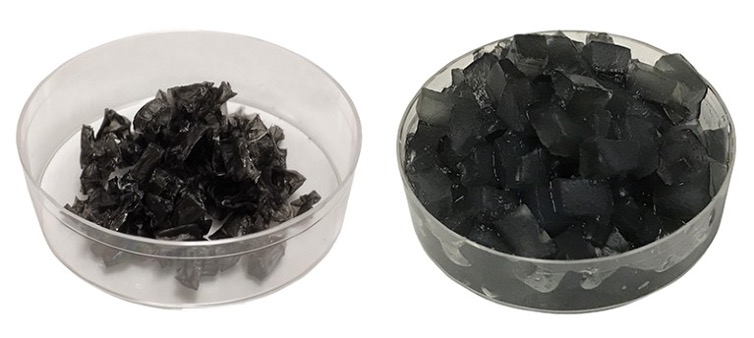
In an era increasingly defined by water scarcity, the emerging field of atmospheric water harvesting (AWH) stands as a beacon of hope, particularly for regions where traditional water sources are scarce. At the forefront of this field is the Guihua Yu group at the Texas Materials Institute and Walker Department of Mechanical Engineering at The University of Texas at Austin, whose pioneering works have recently been spotlighted in a special Water Outlook by Nature. Their journey in AWH technology is not just a series of scientific advancements but a narrative of addressing one of the most pressing global challenges through materials innovation.
Yu research group first introduced a new concept in the field – using hydrogels to store and release liquid water through reversible swelling of special polymers, called ‘super moisture-absorbent gel (SMAG)’. SMAGs represent a significant leap in making the AWH process significantly more energy efficient, compared with traditional process requiring heating absorbent to evaporate the absorbed water and condensate to collect. His group also invented the first-of-its-kind self-watering soil based on SMAGs, integrating water sustainability to address fundamental challenges in agricultural practices.

Pictured left: Dry (left) SMAG swell as they absorb water from air (right).
Advancing from the foundational work of SMAGs, the Yu group turned their attention to enhancing water production efficiency, particularly in arid conditions where water scarcity is most acute. They reported last year a new breakthrough development of a super hygroscopic polymer film. This biomass-derived films demonstrated enhanced sorption-desorption speed, enabling the multi-cycling of the sorbent and thus increasing its practical utility.
The trajectory continued with the latest invention of a new sorbent configuration: the microgel sorbent, namely gel microparticles. This sorbent, characterized by its larger surface areas, significantly boosted water production efficiency. Its specially engineered polymer networks facilitated water desorption at just 40°C. As highlighted in Nature, "Yu’s microgels could achieve reasonably fast uptake of meaningful volumes of water at 30% relative humidity."
His team is on fast track developing more cost-effective and scalable sorbents. ‘We are focusing on making AWH technology more accessible and practical for widespread use, particularly in regions most affected by water scarcity’, said Yu. As they continue to push the boundaries of AWH technology, their efforts hold promise for sustainable water resource management worldwide.






